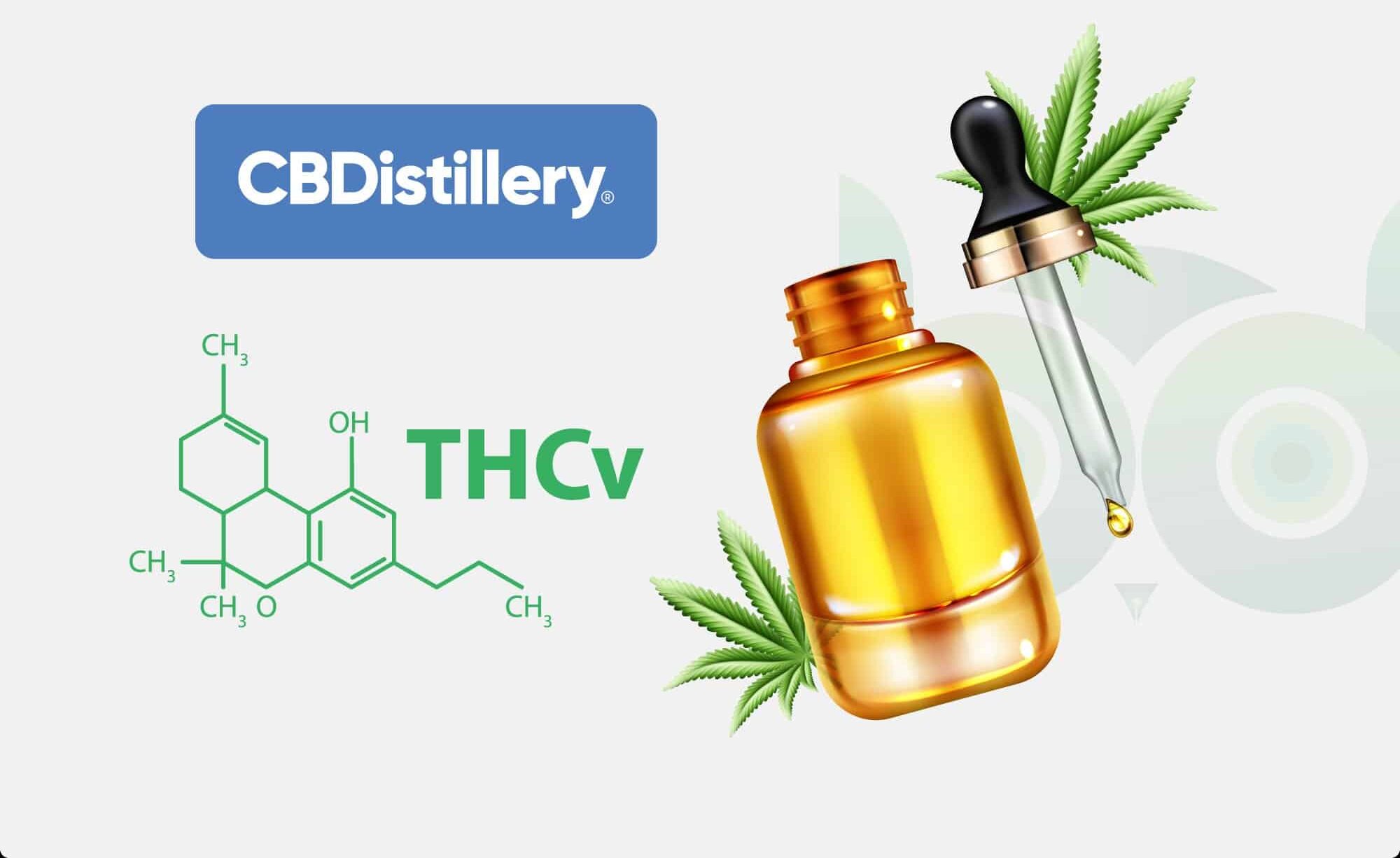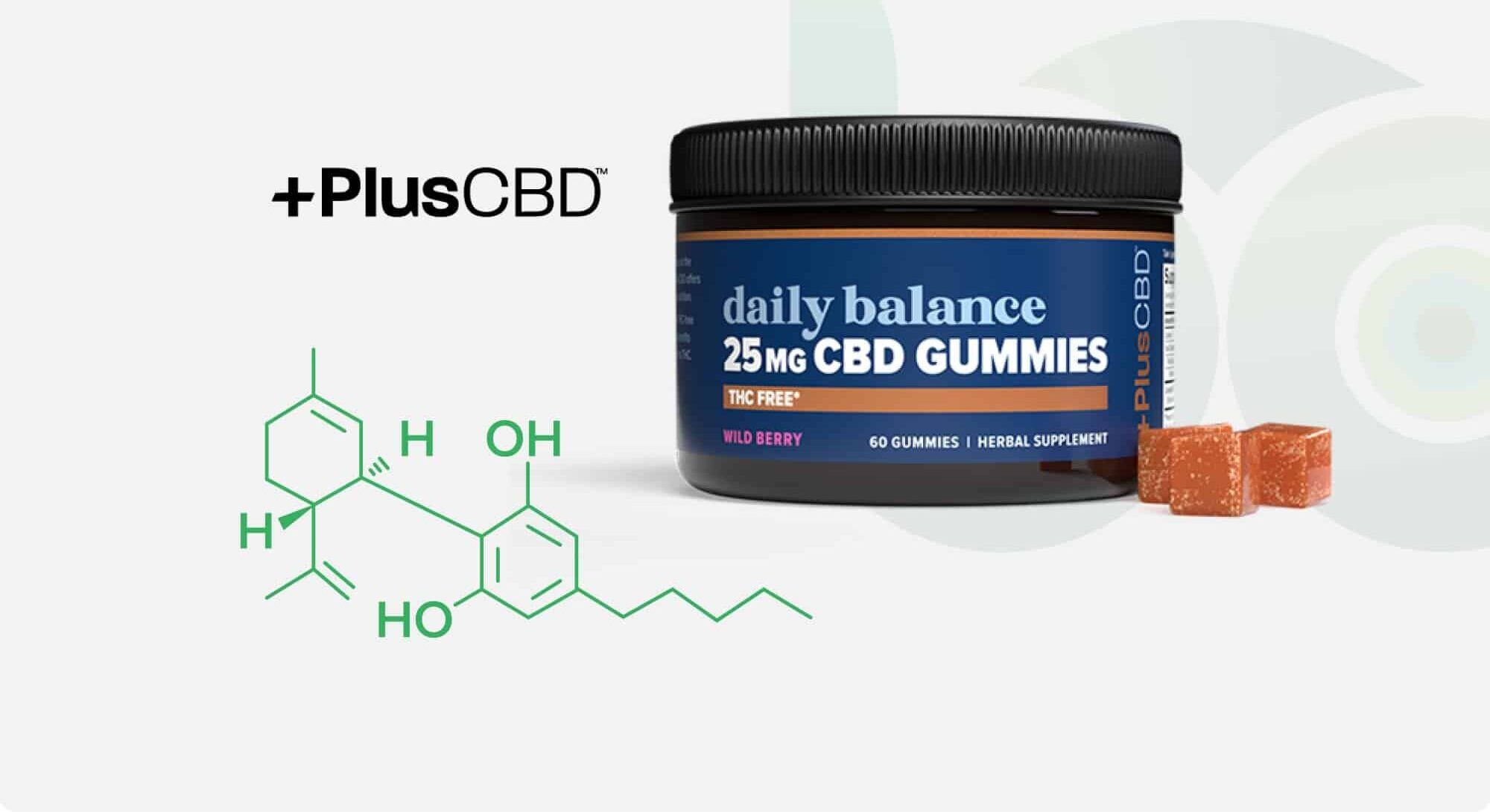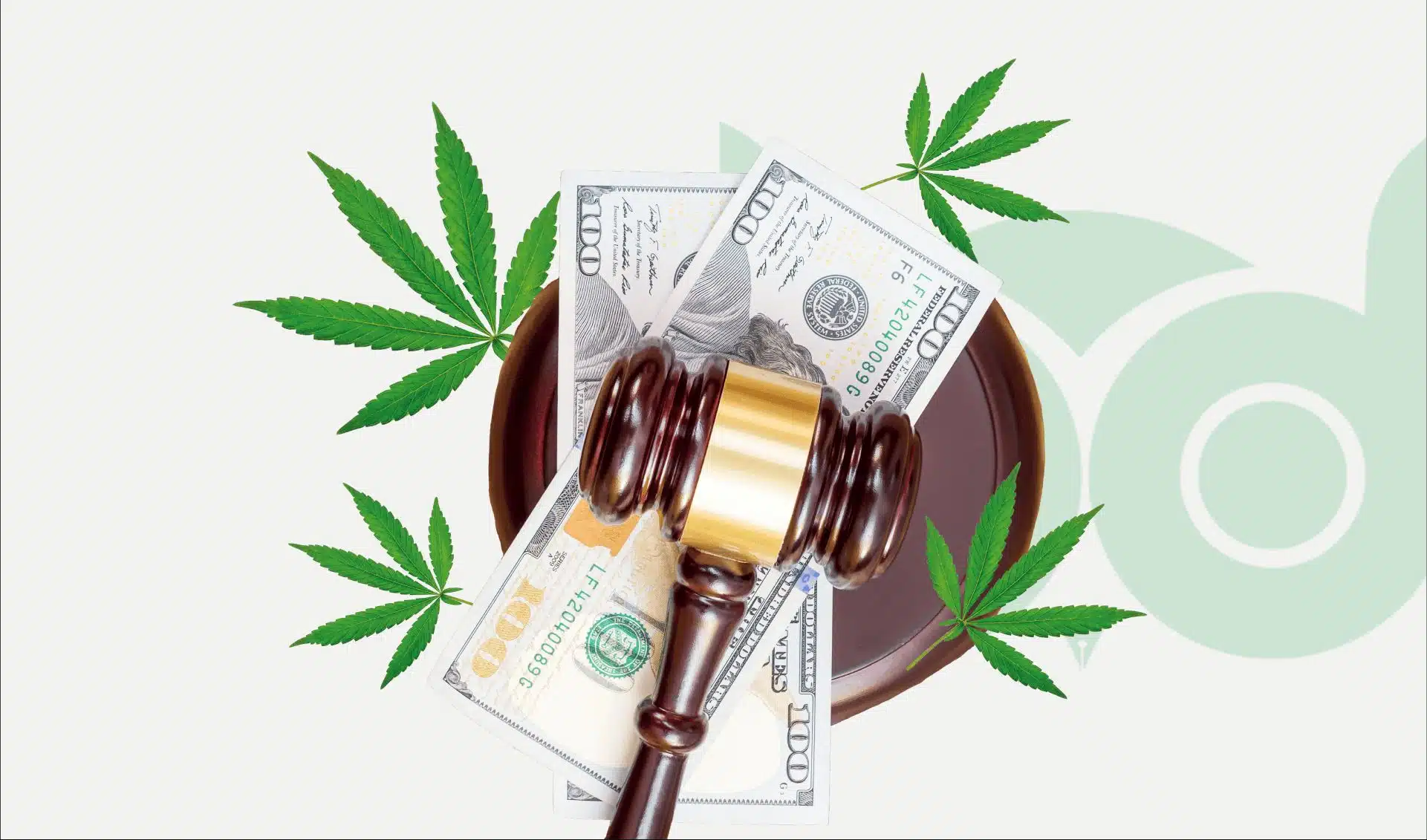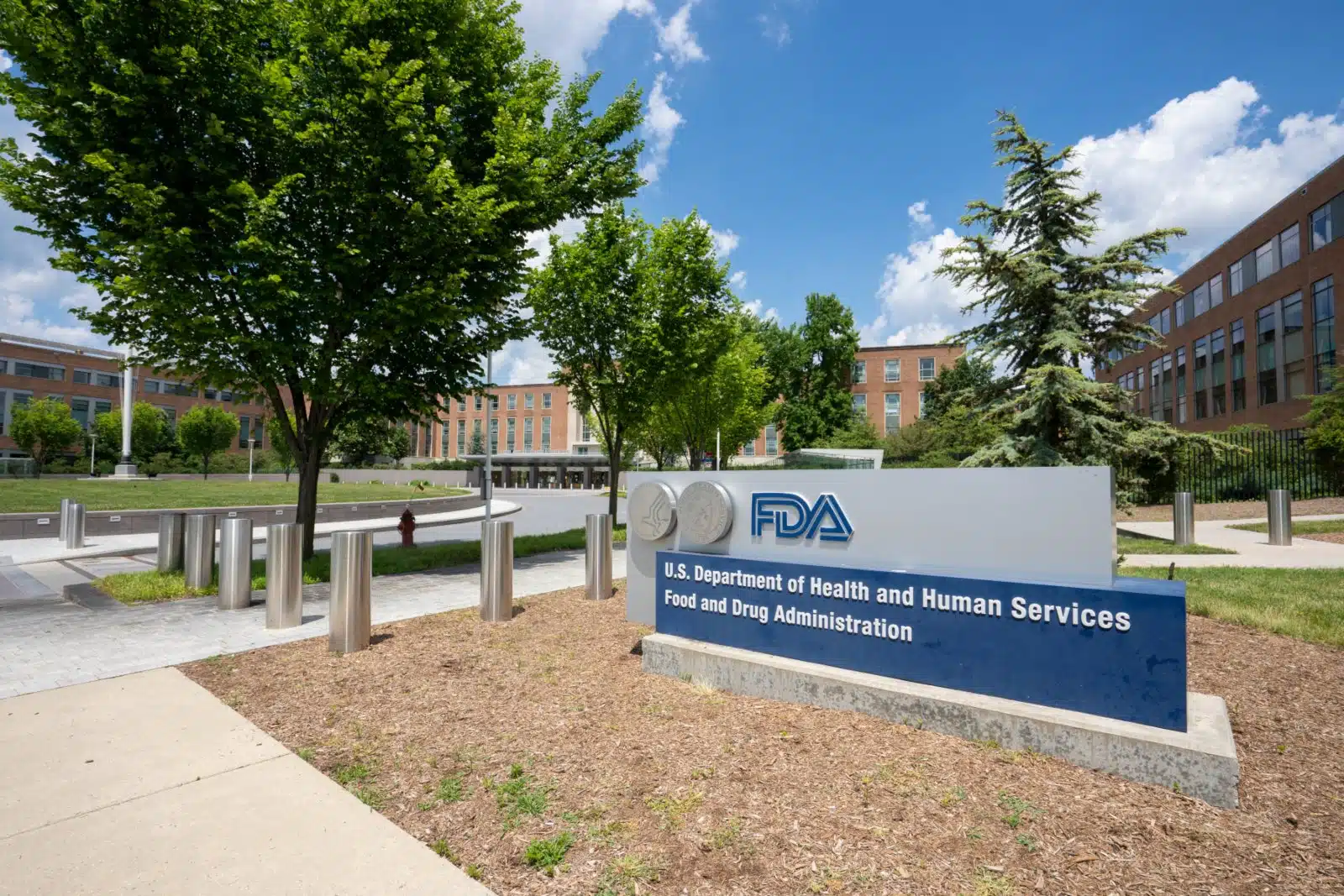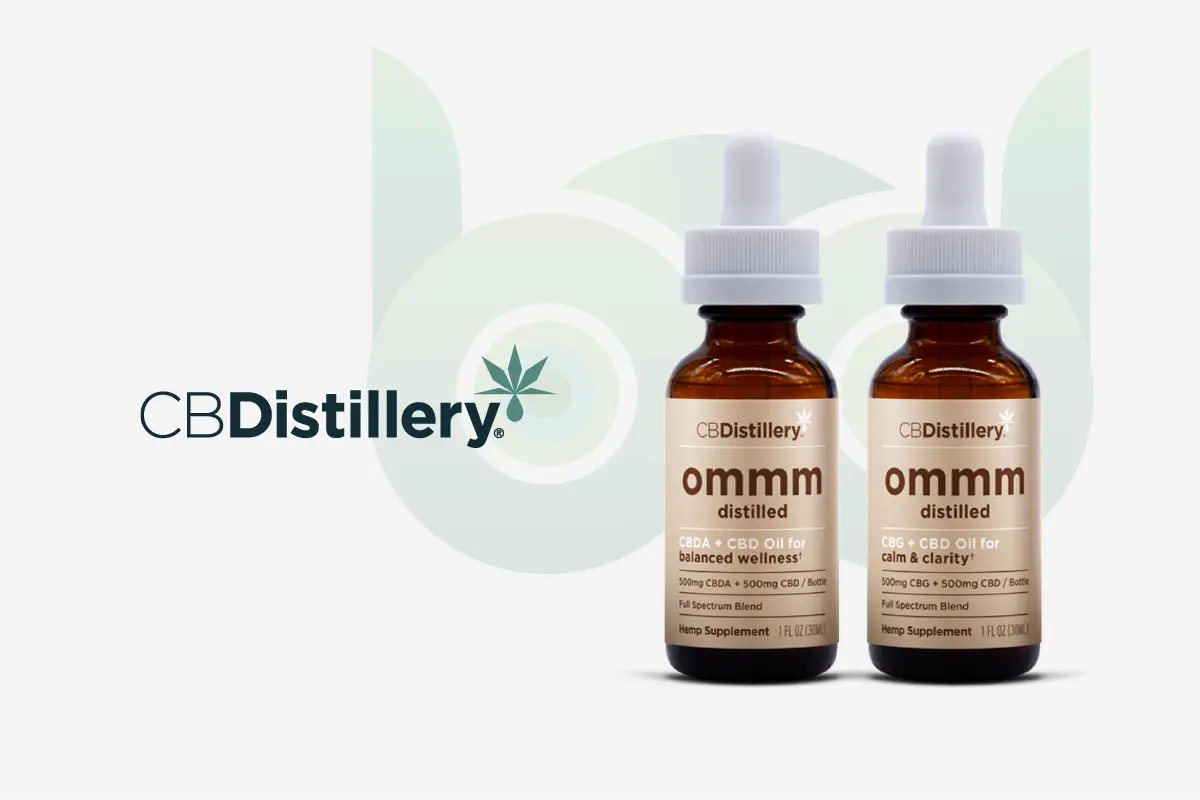-
- Market Research
- |
- CBD Near Me
- |
- Giveaways
- |
- Newsletter
- |
- Contact
- |
- Advertise
- |
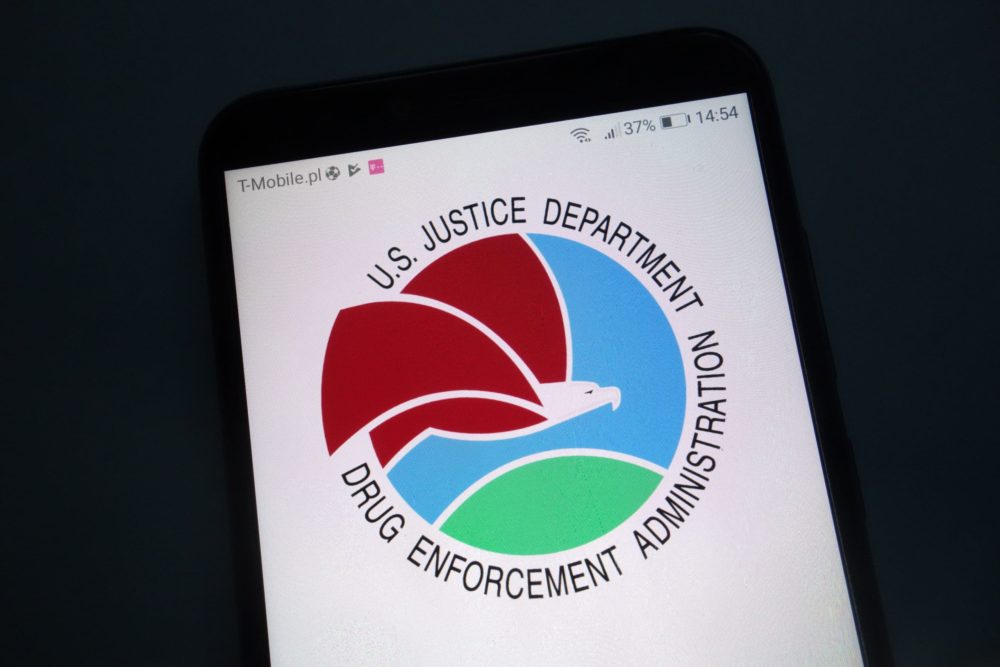
Here’s the latest CBD News:
- Despite many states scrambling to ban it, the DEA confirms that delta-8 THC is not (always) federally illegal.
- An Illinois State University study illuminates the environmental impact of cannabis cultivation.
- The European Union has officially legalized cannabidiol as a cosmetics ingredient.
DEA Confirms Delta-8 THC Is Not a Controlled Substance
In response to an inquiry from Dr. Donna C. Yeatman, Executive Secretary of the Alabama Board of Pharmacy, the DEA recently sent a letter explaining that the ever-contentious delta-8 THC is still federally legal under certain conditions.
Delta-8 THC, the intoxicating delta-9 “cousin” of almost identical molecular makeup, has elicited quick action from states looking to ban it as many cannabis brands market the ingredient as a “legal high” with therapeutic benefits akin to delta-9, CBD, and other compounds native to cannabis plants.
According to the DEA letter, delta-8 THC “synthetically produced from non-cannabis materials is controlled under the CSA (Controlled Substances Act) as a ‘tetrahydrocannabinol.’”
In other words, the same federal legislation package (Controlled Substances Act) that regulates delta-9 THC—limiting it to 0.3 percent concentration by dry weight in order to meet the legal “hemp” definition—is allowing delta-8 THC into the same definition when it is synthetically produced from non-cannabis materials.
Study Examines “Environmental Impacts of Cannabis Cultivation”
An Illinois State University study published in the Journal of Cannabis Research assessing the water demand, energy usage, and other environmental constraints on mass cannabis cultivation found that water demand was the most concerning issue.
Though it has been touted by some producers as less taxing on water usage than most conventional crops, cannabis was shown by this study to require twice as much water as wheat and soybeans.
“On average, a cannabis plant is estimated to consume 22.7 l (6 gallons) of water per day during the growing season, which typically ranges from June to October for an approximate total of 150 days,” stated the authors.
The study went on to explain that illegal cultivation especially can cause water pollution spikes that harm ecosystems, and “volatile organic compounds (VOCs)” released into the air by cannabis plants can cause ground-level ozone, which acts as a respiratory irritant to humans.
While most of these issues are not unique to cannabis cultivation, they may be used to establish regulations around hemp and cannabis cultivation on the state and federal level.
CBD Now Legal In EU Cosmetics
The European Union’s cosmetic ingredient database—the CosIng glossary—has officially added cannabidiol (CBD) as a regulated ingredient, effectively legalizing the compound for use in cosmetics.
According to the database entry for “Cannabidiol—derived from extract or tincture or resin of cannabis,” the compound is said by the EU Commission to have anti-sebum (oily skin), antioxidant, skin-conditioning, and skin-protecting functions.
The decision came after the European Industrial Hemp Association sent a proposal to the EU requesting CBD’s addition to the CosIng database.



